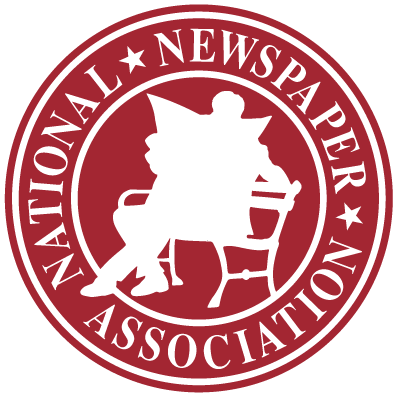Ad tax looms for businesses
Oct 16, 2017
By Tonda F Rush
NNA Public Policy Director
WASHINGTON—The threat of a federal tax on advertising loomed large in September as the nation awaited the appearance of proposed tax reform legislation from Congress. Groups with a stake in any aspect of the Internal Revenue Code, first passed in 1913 with a deduction for advertising expenses, swarmed Capitol Hill to speak up for their concerns.
The Trump administration and most GOP leaders have declared that the U.S. corporate income tax rate of 35 percent is too high. Although many corporations do not actually pay that rate because of exemptions and deductions, economists say the codes drives large companies to purchase foreign subsidiaries and move their headquarters abroad to escape the tax. Fixing the rate is part of the GOP platform.
The problem is that lowering the rate to 20 percent, or even to 15 percent as the Trump White House prefers, leaves the U.S. treasury short some $2 trillion. Because federal debt is rapidly moving toward $10 trillion, budget hawks are looking for ways to end some exemptions and deductions as a way to “pay for” the corporate rate slashing.
Advertising has been considered an “ordinary and necessary” business expense since the beginning of federal income taxation. Advertisers are permitted to deduct the full amount each year from their income and pay a smaller tax as a result. And that is where the danger for advertising based businesses arises.
Former Rep. David Camp, R-MI, proposed in his widely publicized first draft of tax reform that advertising costs should not be fully deductible. Instead, businesses would be allowed to deduct only 20 percent of each year’s costs and spread the rest over the succeeding five years. His reasoning was the advertising has a shelf life, and its value lasts longer than a year. His proposal never reached the House of Representatives floor for a vote.
But a form of it might soon be back. Advertising industry executives who have met with Senate Majority Leader Mitch McConnell say a change in the current year expensing of advertising cost is likely to be in the bill that will be drafted by the Senate Finance Committee, chaired by Sen. Orrin Hatch, R-UT.
NNA President Matthew Paxton IV, publisher of the News-Gazette, Lexington, VA, said he was not surprised. That does not mean he is pleased.
“We have seen this coming for a long while,” he said. “We are not deceived by the accounting language about amortization, and we don’t care what percentage is disallowed. This is a tax on advertising, pure and simple. It raises the cost of advertising for our customers and will cause them to reduce their spending as a result. We cannot think of a worse way to raise federal revenue.”
Paxton issued an alert to all NNA members in September, pointing out that advertising drives local economies. Leading economists with IHS Economics report that a dollar spent on advertising leads to $19 in economic activity.
“Many will oppose this idea. For community newspapers, however, I think there is an important point we need to make in editorials. This tax will shrink our local economies. Many of our towns are already struggling. In states that depend upon sales tax revenue, less advertising means less spending and lower sales tax collections. Schools, police, civic activities, trash collection—you name it. Everything is going to suffer,” Paxton said.
“There is one more point we need to highlight for our readers. While lowering the top corporate rate is an important goal, taxing Main Street to benefit Wall Street is not going to help our local businesses much. Some may benefit from a lower tax, but if their revenue falls at the same time, none of us will be better off. Usually a business is going to be more concerned about lost revenue than about taxes, though both are important,” he said.
NNA will discuss the advertising tax fight at its annual convention Oct. 4-7 in Tulsa, OK. Publishers will be urged to call their representatives in Congress.
tonda@nna.org






